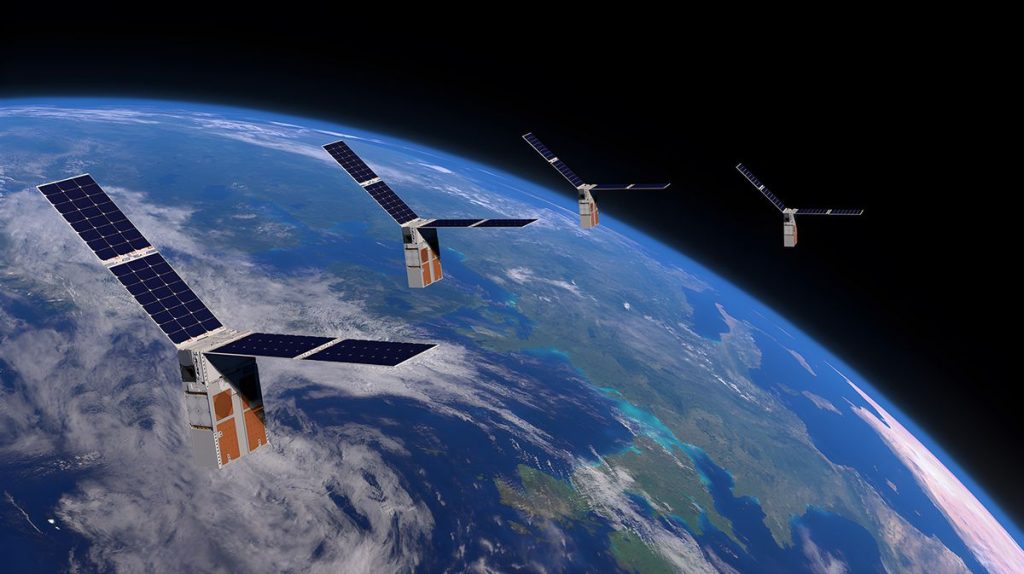Scientists are trying to build a new sort of satellite, and have recently tested their idea with the Starling Formation-Flying Optical Experiment, or “StarFOX.” You may be getting flashbacks to the retro Star Fox video game series — and you’d be right to imagine this experiment as a science fiction fantasy brought into reality. There are no space-faring animals here, though.
Basically, StarFOX is a quartet of small satellites that work in tandem — a satellite “swarm,” as it’s sometimes called. This concept isn’t entirely new, but there’s something that sets StarFOX apart from standard satellite swarms. Typically, these conglomerates need external help in terms of orientation — but StarFOX’s four satellites can gauge their own positions with onboard cameras, an ability that could allow them to operate autonomously well beyond Earth orbit.
Engineers have tinkered with satellite swarms for years, mainly because multiple satellites can cover a wider area than just one. Swarms may also be less vulnerable to high-speed space junk — if one satellite is knocked out, its peers remain.
But each satellite in a swarm must be perfectly coordinated. That works well enough in Earth orbit, where swarms can rely on external satellite navigation systems like GPS. Anywhere further away, however, and satellite swarms cannot fall back on that vital infrastructure. They must navigate all by themselves. For that reason, StarFOX’s developers — researchers at Stanford University and NASA;s Ames Research Center — thought up an alternative approach. They outfitted each of StarFOX’s four cubesats with a pair of star tracker cameras.
Related: India launches Earth-observing satellite on 3rd mission of new rocket (video)
On board, algorithms sift through the camera feeds to pick out objects — pieces of debris, for example — then calculate those objects’ respective angles to one another and crunch those calculations to estimate the satellites’ orbits. This method worked well enough on the ground, but ground tests are no replacement for real-world testing.
So, StarFOX lifted off on July 17, 2023 for an in-orbit test. With multiple satellites observing and crunching angles, the swarm indeed calculated each satellite’s position compared to its peers — to within 0.1% of the actual figures. Even with just one satellite observing, the method calculated each satellite’s position to within 0.5% of the figures.
The method “requires no additional hardware even when used on small and inexpensive spacecraft,” said Simone D’Amico, an aerospace engineer at Stanford University and one of StarFOX’s creators, in a statement.
D’Amico and colleagues presented their findings at the Small Satellite Conference, a gathering of swarm satellite researchers and engineers. The researchers also uploaded their work as a preprint to the paper repository arXiv on June 10.

